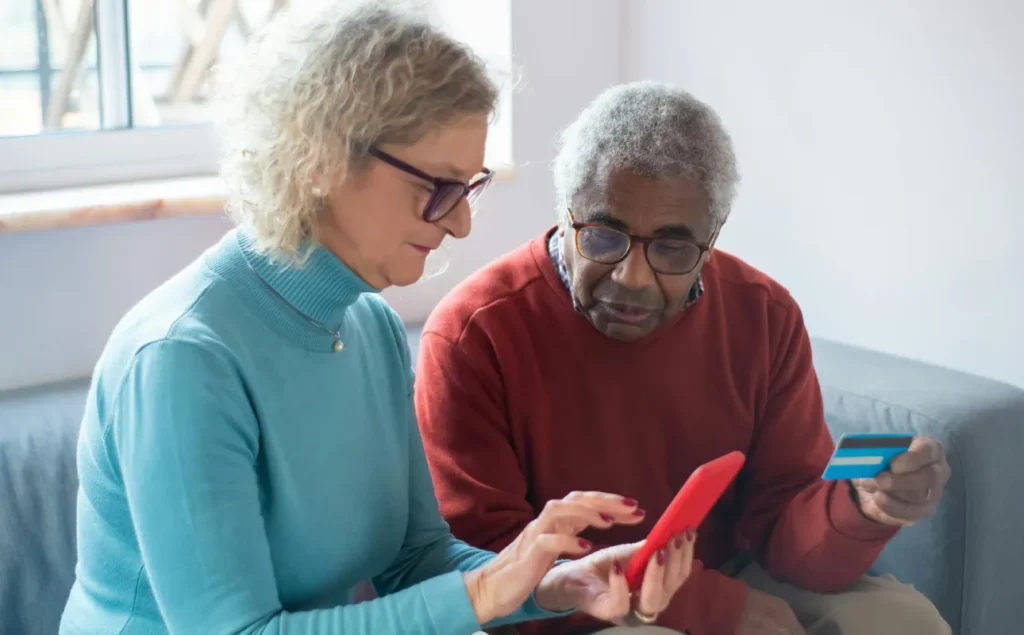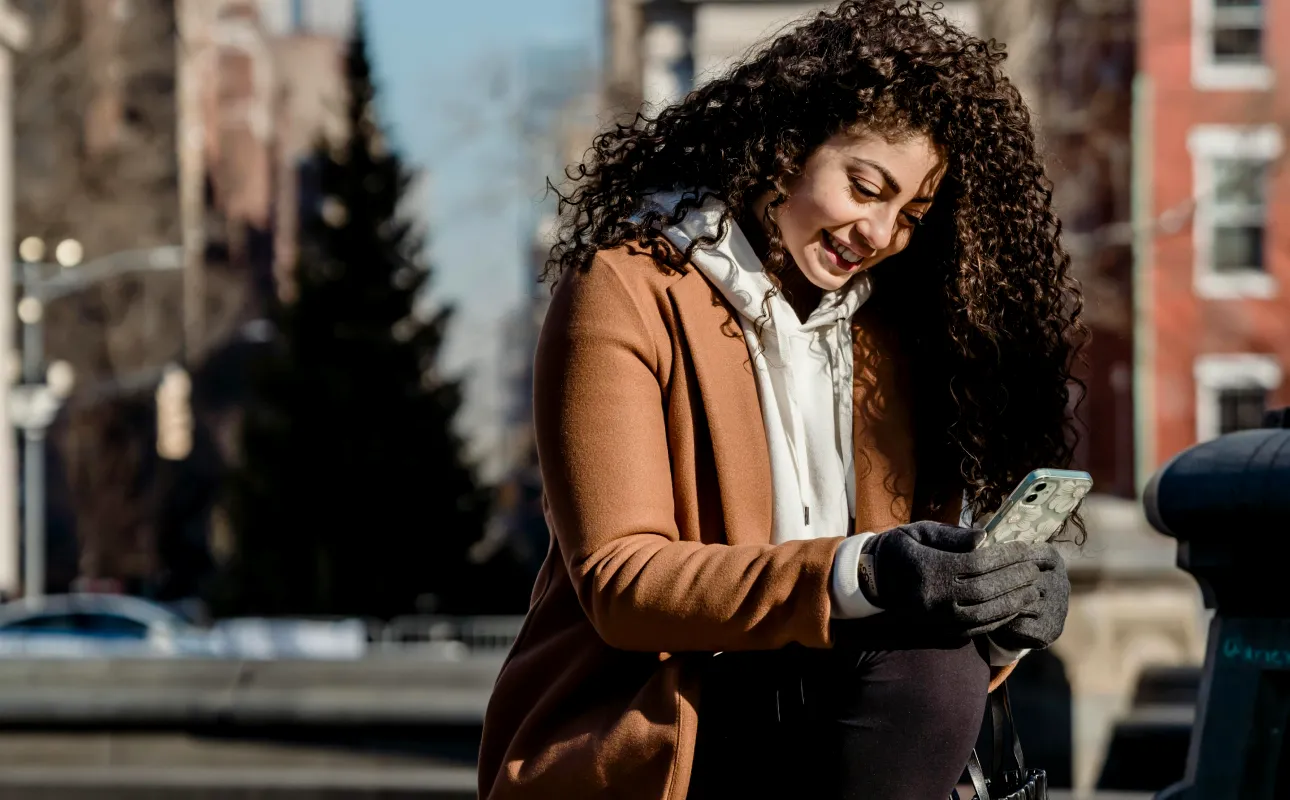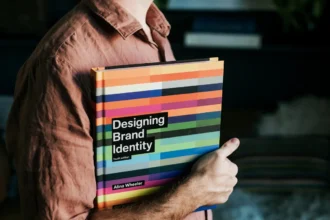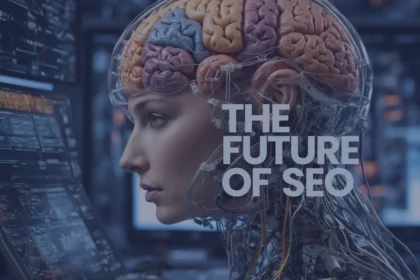Introduction: UX Design Is More Than Just Usability
In the digital world, User Experience (UX) design has evolved beyond functionality and aesthetics. Today, it’s about how your product makes people feel.
Whether it’s a landing page, a mobile app, or a dashboard interface – emotion is the invisible thread that guides user behaviour. The most intuitive designs tap into human psychology, steering interactions, decisions, and trust.
“People ignore design that ignores people.” – Frank Chimero
This blog dives deep into how emotions influence UX and how you can design with psychology in mind to create lasting impressions.
1. Why Emotions Matter in UX Design
Modern UX is about empathy. It’s not just what a product does – it’s how it resonates.
Emotional design influences:
- Perception of usability (users tolerate glitches if the design delights)
- Brand connection (positive UX = loyal user)
- Decision-making (emotions affect logic more than we realize)
“Emotion is what drives attention, memory, and decision-making. Great UX is emotionally intelligent UX.”
Real-world Example
Apple’s products feel “magical” not because they are bug-free – but because they delight. Subtle animations, sounds, and tactile feedback evoke trust and joy.
2. Cognitive Psychology & UX Design: The Science Behind It
Understanding cognitive patterns helps designers predict behaviour. Here are a few psychological principles frequently used in UX:
Hick’s Law
- The more choices, the longer the decision time.
- Simplify interfaces to avoid overwhelming users.
Fitts’s Law
- The closer/larger a clickable object, the easier it is to interact with.
- Make buttons large, visible, and well-positioned.
Serial Position Effect
- Users remember the first and last items more than the middle.
- Apply this in list or menu design.
Aesthetic-Usability Effect
- Users perceive visually appealing designs as more usable.
- A clean UI builds trust – even when functionality is still being refined.
3. Emotional Triggers in UX
Designs that evoke emotions become memorable. Here’s how top designers create emotional resonance:
Colour Psychology
Colours influence mood.
- Blue = Trust
- Red = Urgency
- Green = Calm.
Use brand-consistent but emotion-driven palettes.
Micro-interactions
Small animations (like a heart icon bursting when clicked) can trigger joy or satisfaction.
Storytelling & Visual Hierarchy
Story-driven design keeps users emotionally invested. Pair that with layout hierarchy to lead the eye intuitively.
According to the Nielsen Norman Group, users form first impressions in 50 milliseconds. Emotional aesthetics dominate in those moments.
4. Designing for Empathy: Personas & Journey Mapping
Empathy starts with knowing your user.
Create detailed personas with emotional goals (e.g., “Anxious first-time buyer” vs “Confident repeat user”). Then use journey mapping to predict emotional highs/lows.
Tip: Overlay emotional checkpoints over your user journey. Identify where your design should comfort, encourage, or celebrate with the user.

5. Accessibility Is Emotional Too
Accessibility isn’t just ethical – it’s emotionally empowering.
For users with disabilities, inclusive design ensures:
- Confidence (they can navigate like everyone else)
- Relief (they aren’t excluded)
- Trust (the brand cares)
“Accessible design is emotional design. You’re not just designing for inclusion – you’re designing for dignity.”
6. Case Study: How Emotion-Driven UX Improved Conversions
At DzynBuzz, we helped a home interior brand revamp their site’s UX. Originally focused on minimalism, the design lacked warmth.
We introduced:
- Warmer colours (earthy tones)
- On-hover animations
- A short founder video on the homepage
- Simplified CTA buttons
Result?
- +38% increase in lead conversions
- +61% boost in session time
- Users reported feeling “more connected” with the brand
Want a UX strategy that emotionally connects?
Book a FREE Strategy Call with our UX experts.
7. Emotional UX in Action: Brands That Nail It
- Duolingo
Gamified micro-interactions. The owl cheers you up or guilt-trips you. Emotion? Engagement?
- Airbnb
Warm, human-centric imagery and empathetic messaging. Comfort is designed into every interaction.
- Notion
Custom illustrations, smooth animations, and clean design create a calming, productive UX.
8. Actionable UX Tips: Designing for Feelings
Here are 5 ways to improve UX using emotional psychology:
- Write human copy
Microcopy that sounds empathetic builds trust - Use white space
Creates mental breathing room - Simplify choices
Reduce user stress by offering clear options - Design error states gracefully
Friendly messages reduce frustration - Celebrate user progress
Progress bars, badges, and subtle encouragement foster positivity
Conclusion: Feel First, Design Second
Emotion is not an afterthought in UX – it’s the core driver. In a sea of similar products, what sets yours apart is how it makes users feel. By embracing emotional psychology in UX, you don’t just guide users – you connect with them, convert them, and keep them coming back.













